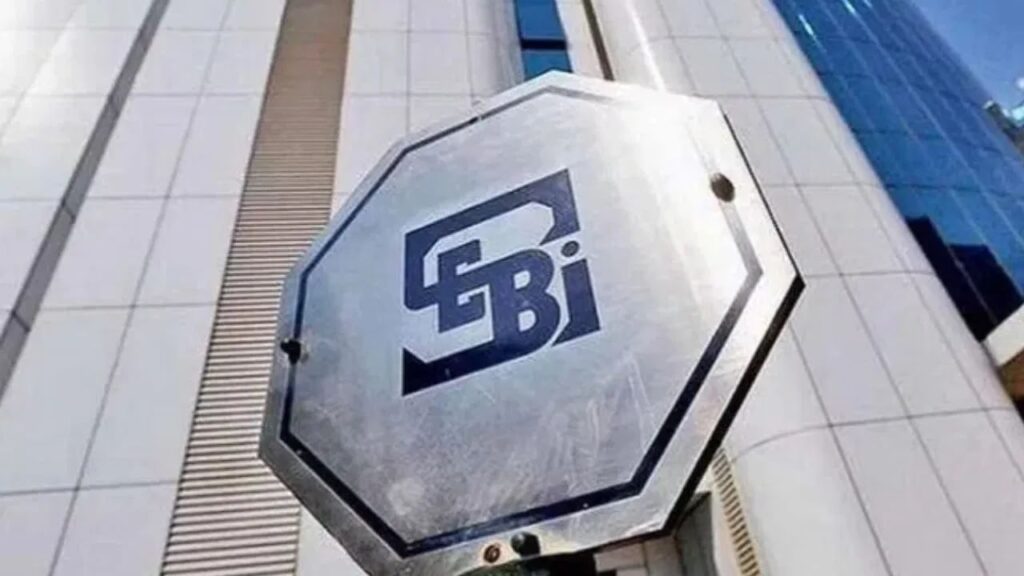Have you ever lent money to someone and found it challenging to get it back? Now, imagine if the government is trying to recover a staggering ₹76,293 crores, and the situation becomes even more complicated. The Securities and Exchange Board of India (SEBI) has recently released a report highlighting the difficulties in recovering this substantial amount, which has been categorized as “Difficult to Recover.”
The Recovery Challenge: An Overview
SEBI classifies the ₹76,293 crores as part of their annual report, marking an increase of 4% from the previous year’s figures. This amount represents overdue payments from various entities that remain outstanding despite all efforts to recover it. The report emphasizes that this collection challenge is primarily due to ongoing court cases and the resultant delays.
Where is the Government’s Money Stuck?
According to SEBI’s annual findings, all measures taken to retrieve these funds have been unsuccessful. A significant portion of this outstanding amount is held up in the legal system. Courts across India have issued directives that led to the appointment of committees to handle recovery cases, leaving them pending for an extended period.
Insights from the Report
SEBI underscores that categorizing these difficult-to-recover amounts is a complex administrative task. This task does not merely involve assigning responsibility to officials for collecting the outstanding funds or writing off these amounts as losses.
Staggering Numbers: The Count of Affected Cases
| Year | Total Cases | Total Amount (in crores) |
|---|---|---|
| 2023 | 692 | 73,287 |
| 2024 | 807 | 76,293 |
Details of Pending Cases
SEBI has identified a total of 807 cases by March 31, 2024, categorized as difficult to recover. This figure reflects an increase from the previous year, where 692 cases accounted for ₹73,287 crores. Among the current 807 cases, 36 are delayed due to proceedings in state courts, the National Company Law Tribunal (NCLT), and the National Company Law Appellate Tribunal (NCLAT), totaling ₹12,199 crores. Additionally, 60 cases are pending before court-appointed committees, with an outstanding recovery of ₹59,970 crores. Together, these two categories comprise almost 95% of the government’s total outstanding recovery amount.
Conclusions and Future Outlook
The difficulties faced by SEBI in recovering such a significant amount highlight the complexities involved in financial governance and litigation in India. The increasing trend of pending cases suggests a need for more streamlined processes and better coordination among regulatory bodies and the judicial system to improve the effectiveness of the recovery process. Moving forward, stakeholders must engage in dialogue and strategize collective efforts to resolve these financial impasses while ensuring accountability and transparency.

